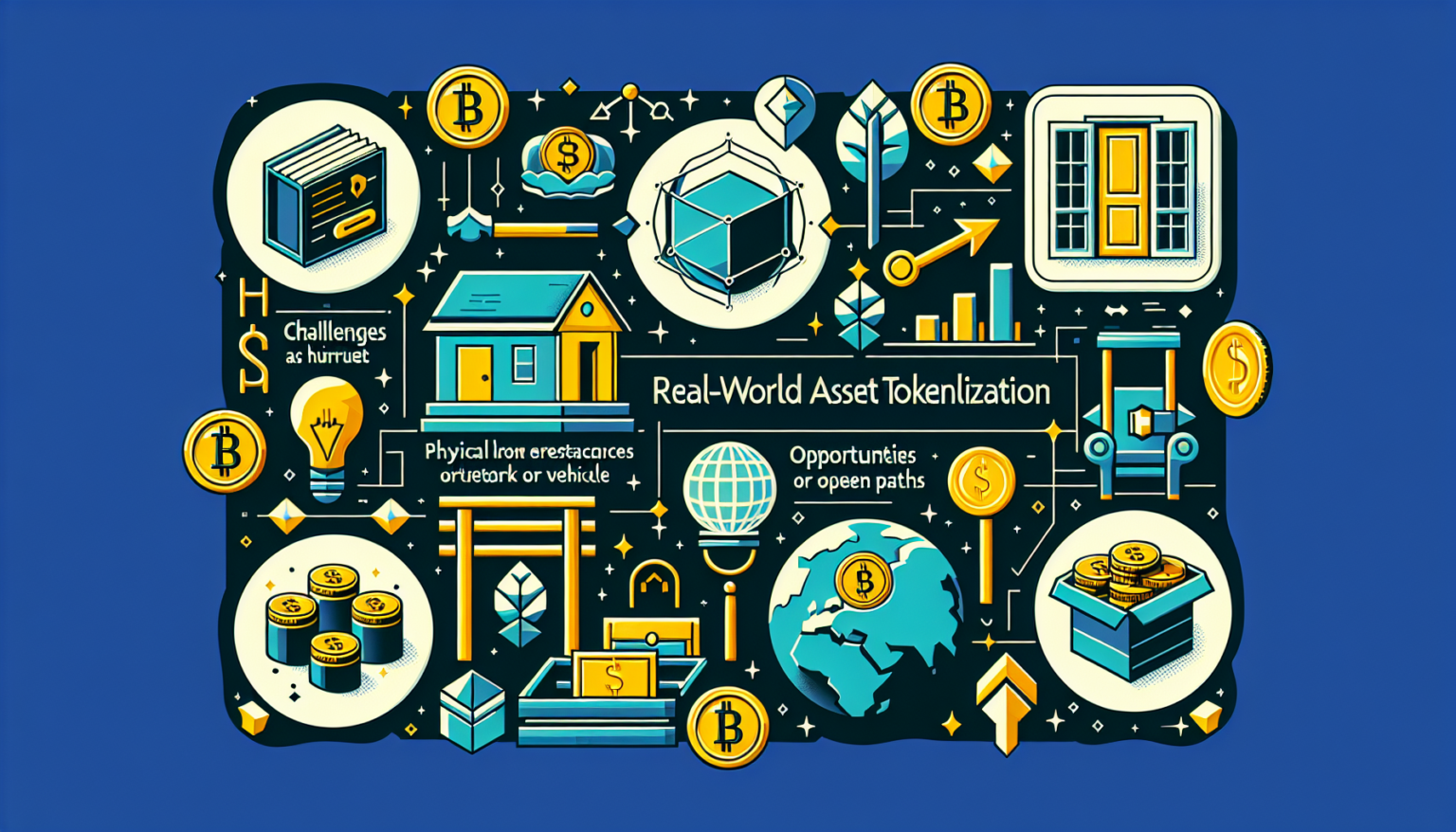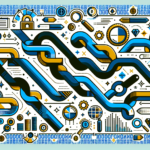Understanding Real-World Asset Tokenization
Real-world asset tokenization refers to the process of representing physical assets, such as real estate, art, commodities, and even intellectual property, as digital tokens on a blockchain. By doing this, tokenization transforms these assets into digital forms that can be easily traded, divided, and managed. This concept is gaining traction, sparking conversations about its potential to reshape various industries.
The Blockchain Backbone
At the heart of asset tokenization lies blockchain technology. Blockchains are decentralized digital ledgers that record transactions in a secure and transparent manner. This technology ensures that once a transaction is recorded, it cannot be altered or deleted, creating trust among users.
Benefits of Blockchain for Tokenization
1. **Transparency**: Every transaction is visible to all participants on the network, enhancing trust and accountability.
2. **Security**: Cryptographic protocols safeguard transactions from fraud and hacking, making the assets more secure.
3. **Efficiency**: Blockchains can automate various processes through smart contracts, reducing the need for intermediaries and streamlining transactions.
Opportunities for Tokenization
The potential for real-world asset tokenization is immense, opening up new avenues for investment and accessibility.
Democratizing Investment
Tokenization allows fractional ownership of high-value assets. This means that instead of needing to have substantial capital to invest in real estate or fine art, individuals can purchase smaller portions of these assets. This democratizes access to investment opportunities, enabling a broader range of people to participate.
Improved Liquidity
Traditionally, many assets are illiquid, meaning they can’t be easily sold or exchanged for cash without significant loss of value. Tokenization introduces liquidity by allowing these assets to be traded on secondary markets. For instance, a tokenized piece of real estate can be sold on a blockchain marketplace, providing quick access to cash for the owner.
Creating New Financial Products
Tokenization enables the creation of innovative financial instruments. Imagine a token that represents shares in a startup or a bond tied to real estate income. These products can provide new investment opportunities and more ways for companies to raise funds.
Challenges Facing Tokenization
While the advantages of asset tokenization are exciting, several challenges need to be addressed to facilitate its widespread adoption.
Regulatory Hurdles
One of the most significant barriers to tokenization is the regulatory landscape. Different countries have varying regulations regarding securities and asset ownership. This creates uncertainty for businesses looking to tokenize assets across borders. The need for compliance can create a complicated framework that deters companies from pursuing tokenization.
Valuation Difficulties
Accurately valuing real-world assets for tokenization is often complex. Unlike publicly traded companies, many assets do not have established market values, which can lead to disputes over worth when it comes to tokenization and trading. Establishing standard valuation methods will be crucial for investors and regulators alike.
Standardization and Interoperability
To ensure seamless trading and liquidity, standardized protocols and frameworks must be developed. The absence of these can lead to fragmentation in the market, where different assets are tokenized on various platforms without compatibility. Interoperable solutions are essential to further bolster the ecosystem.
Technological Limitations
Blockchain technology, while promising, comes with its own set of challenges. Scalability, transaction speed, and energy consumption are critical issues that need addressing. High transaction fees and slow processing times can hinder the efficiency and attractiveness of tokenized assets.
Public Perception and Trust
Despite its advantages, the public perception of blockchain and cryptocurrency remains mixed. Many people are still unfamiliar with the technology and may approach it with skepticism. Building trust among potential users is essential to ensure acceptance and drive the growth of tokenization.
Future Directions for Tokenization
The evolving landscape of asset tokenization suggests several directions for its future development.
Enhanced Regulatory Frameworks
To encourage growth, regulatory bodies will need to develop clear guidelines for tokenized assets. By establishing definitive rules around ownership, taxation, and trading, they can create a safer environment for investors and businesses alike.
Integration of Traditional Finance and Blockchain
As traditional financial institutions recognize the potential benefits of tokenization, a convergence between traditional finance and blockchain is likely. Collaborations between banks, legal entities, and blockchain projects can pave the way for smoother transitions, benefitting both sectors.
Emergence of New Platforms
As interest in tokenization grows, new platforms will emerge to cater to these needs. Startups and established tech firms are likely to develop user-friendly solutions for tokenizing assets, making it easier for companies to participate in this burgeoning market.
Continued Technological Advancements
Improvements in blockchain technology, such as the development of layer-two solutions, could address existing challenges, enhancing speed and reducing costs. The introduction of these innovations can make tokenized assets more appealing to a global audience.
Case Studies of Successful Tokenization
Real-world examples can provide valuable insight into how tokenization has been successfully implemented.
Tokenized Real Estate Investments
Several platforms have emerged to facilitate tokenized real estate investments. For example, a company might tokenize a commercial property, allowing investors to buy fractions of the asset. This approach has successfully attracted a diverse pool of investors while improving liquidity in the real estate market.
Art and Collectibles
Art has also seen significant advancements in tokenization. An art piece can be converted into NFTs (Non-Fungible Tokens), enabling ownership to be distributed among multiple investors. This presents a new model for investing in art and contributes to creating liquidity in an otherwise illiquid market.
Commodities and Precious Metals
Tokenization is also making waves in the commodities sector. Precious metals, like gold, are being tokenized, allowing investors to buy and store fractions of gold on a blockchain. This provides an easy and secure way to invest in commodities without the challenges of physical storage.
Conclusion
As the world becomes increasingly digital, the concept of real-world asset tokenization presents both challenges and opportunities. While hurdles such as regulatory uncertainties and public perception exist, the potential benefits of democratizing investment and improving liquidity cannot be overlooked. Continued advancements in technology, regulatory clarity, and the emergence of new platforms will play pivotal roles in shaping the future landscape of asset tokenization. As we move forward, embracing both the innovations and challenges will be essential for carving a successful path in this exciting space.








